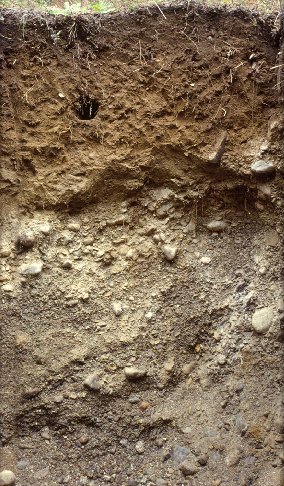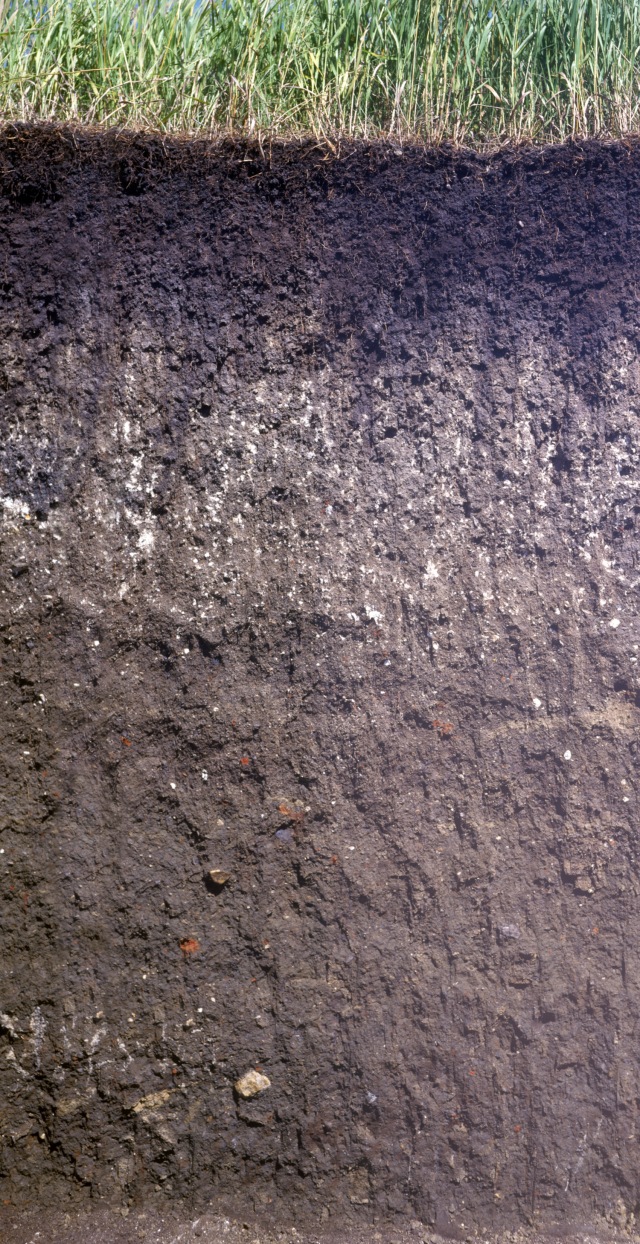“And he told them many things in parables, saying: “A sower went out to sow. And as he sowed, some seeds fell along the path, and the birds came and devoured them. Other seeds fell on rocky ground, where they did not have much soil, and immediately they sprang up, since they had no depth of soil, but when the sun rose they were scorched. And since they had no root, they withered away. Other seeds fell among thorns, and the thorns grew up and choked them. Other seeds fell on good soil and produced grain, some a hundredfold, some sixty, some thirty. He who has ears, let him hear.” – Matthew 13:3-9 (ESV)

Some people are more receptive to the Word of God and the Gospel than others. Jesus explains the meaning of the parable of the sower in verses 18-23: The seed is the Word of God, the hard path represents those with no receptivity to the gospel, and the rocky and weedy ground represents those who have only a passing or shallow interest in the gospel. The good soil represents those who receive the gospel gladly and let it put down deep, lasting roots, resulting in varying degrees of crop-bearing.
We may be discouraged when those we know and love have hearts that are hard like a well-worn path, or who turn away because of peer pressure or worldly pleasures. In these situations, be encouraged that just as God has designed the physical world so that fertile soil can develop from solid rock, so also God works in hard hearts to bring people to saving knowledge of his Son.

Pedogenesis (from the Greek pedon, meaning soil or earth, and genesis, meaning origin) is the process of forming a soil. A soil is a surface layer of unconsolidated mineral and organic matter that has been modified over time from its parent material. The concept of pedogenesis tells us that soils are dynamic features which change over time. Every soil on Earth has developed from pre-existing rocks or sediments. Some soils develop from solid rock, such as granite or limestone, and other soils develop from unconsolidated material like floodplain sand and gravel or windblown silt.
There are a wide range of types of soils on Earth, which can be broadly classified as tropical, desert, temperate grassland, temperate forest, and polar soils. Within a given region, or even within a 40-acre field, the properties of a soil change from place to place. Each distinct soil has a history, and came to be what it is now by the influence of five soil-forming factors:
- Parent material – A soil formed from granite will be different than a soil formed from fine volcanic ash.
- Climate – Temperature and moisture strongly influence what kind of soil will form in any given place. A tropical soil is very different from a polar soil, and a desert soil is very different from a temperate forest soil.
- Relief – Soil formed on a shady slope will be different than a soil on a sunny slope, and both will be different than a soil formed in an adjacent plain.
- Organisms – The development of a soil is also affected by the community of organisms that live in or on the soil: plants, animals (such as earthworms), bacteria, and fungi.
- Time – Given enough time, solid rock may be weathered down to form a rich agricultural or forest soil.

I like to think of the parable of the sower in terms of the soil-forming factors of pedogenesis. Just as bare rock can develop into an agricultural soil over time, so also hearts that are hard can be transformed into receptive and crop-bearing hearts through a process of spiritual pedogenesis. I propose five spiritual soil-forming factors which can transform a person from being barren rock or weedy soil into a fruit-bearing follower of Christ:
- Listening – We want to tell people about Jesus, but at the beginning we may simply need to be better listeners than talkers. Just as the starting point for a soil might be solid rock, we might need to be better at understanding the starting point of the people we are seeking to point to Christ.
- Love – Love is the climate that can take a heart of granite and modify it to be a fertile mix of sand, silt, clay, and organic material that allows the seeds of the Word to germinate and grow.
- Apologetics – Soils develop differently on different sides of a ridge. Apologetics is the branch of theology that provides evidence for the truthfulness of Christianity. In the physical world, soils do not move from one side of a hill to the other, but with spiritual soil development, we can help people move to a sunnier side of the hill where they may see things from a new perspective.
- Community – Just as a diverse biological community of worms, roots, and soil bacteria can shape and enrich a soil, so a loving and serving Christian community can draw people in where their hearts and minds can become receptive to Jesus.
- Time – Whether it takes hours or decades, God can change hearts and minds about the gospel.
Ultimately, the softening of hearts and the conversion of souls to Christ is a work of the Holy Spirit. Pray that the Holy Spirit would be doing a work of spiritual pedogenesis in the unbelieving hearts of those around you.
Grace and Peace
Notes
This GeoScriptures essay is not meant to be an exegesis of the parable of the sower, but my own personal meditation on the text. No analogy is perfect, and I am certain that this once could be improved on.
I gave five broad categories of soils, which is what I presented in my middle-school textbook Earth Science: God’s World, Our Home. Soil scientists in the United States use a more advanced classification called Soil Taxonomy, which has twelve soil orders, with names like mollisols, ultisols, aridisols, and spodosols. These soil orders may be divided into suborders, great groups, subgroups, families, and series.
Aridisol picture — public domain, USDA, http://www.nrcs.usda.gov/wps/portal/nrcs/detail/soils/survey/class/maps/?cid=nrcs142p2_053594
Inceptisol picture — public domain, USDA, https://upload.wikimedia.org/wikipedia/commons/3/36/Inzeptisol.jpg
Mollisol picture — public domain, USDA, http://www.nrcs.usda.gov/wps/portal/nrcs/detail/soils/survey/class/maps/?cid=nrcs142p2_053603
Copyright © 2019 Kevin Nelstead, GeoChristian.com
